Tesla Model 3 vs BYD Sealion 7 - Differences and prices compared
Costs and Efficiency:
Price and efficiency are key factors when choosing a car – and this is often where the real differences emerge.
Tesla Model 3 has a noticeable advantage in terms of price – it starts at 34300 £, while the BYD Sealion 7 costs 42800 £. That’s a price difference of around 8571 £.
In terms of energy consumption, the advantage goes to the Tesla Model 3: with 13.20 kWh per 100 km, it’s significantly more efficient than the BYD Sealion 7 with 19.90 kWh. That’s a difference of about 6.70 kWh.
As for range, the Tesla Model 3 performs evident better – achieving up to 750 km, about 248 km more than the BYD Sealion 7.
Engine and Performance:
Under the bonnet, it becomes clear which model is tuned for sportiness and which one takes the lead when you hit the accelerator.
When it comes to engine power, the BYD Sealion 7 has a a bit edge – offering 530 HP compared to 460 HP. That’s roughly 70 HP more horsepower.
In acceleration from 0 to 100 km/h, the Tesla Model 3 is decisively quicker – completing the sprint in 3.10 s, while the BYD Sealion 7 takes 4.50 s. That’s about 1.40 s faster.
In terms of top speed, the Tesla Model 3 performs somewhat better – reaching 262 km/h, while the BYD Sealion 7 tops out at 215 km/h. The difference is around 47 km/h.
There’s also a difference in torque: BYD Sealion 7 pulls minimal stronger with 690 Nm compared to 660 Nm. That’s about 30 Nm difference.
Space and Everyday Use:
Cabin size, boot volume and payload all play a role in everyday practicality. Here, comfort and flexibility make the difference.
Seats: offers more seating capacity – vs .
In curb weight, Tesla Model 3 is evident lighter – 1822 kg compared to 2225 kg. The difference is around 403 kg.
In terms of boot space, the Tesla Model 3 offers a bit more room – 594 L compared to 520 L. That’s a difference of about 74 L.
When it comes to payload, BYD Sealion 7 a bit takes the win – 410 kg compared to 333 kg. That’s a difference of about 77 kg.
Who wins the race?
The Tesla Model 3 proves to be leaves the rival little chance and therefore becomes our DriveDuel Champion!
Tesla Model 3 is the better all-rounder in this comparison.
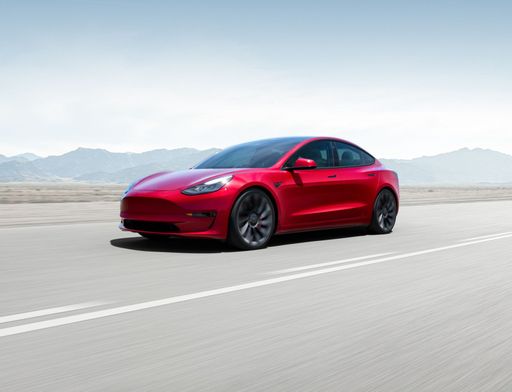 @ Tesla, Inc.
@ Tesla, Inc.
Tesla Model 3
Costs and Consumption
View detailed analysis
Engine and Performance
View detailed analysis
Dimensions and Body
View detailed analysis
Tesla Model 3
The Tesla Model 3 slices through daily commuting with a silent, confident shove that makes petrolheads reassess their life choices, while its minimalist cabin feels more like a slick gadget gallery than a traditional car interior. For buyers after a fuss-free, tech-forward electric with plenty of grin factor and low running drama, it’s hard to beat—just don't be surprised when the car updates itself overnight.
details @ Tesla, Inc.
@ Tesla, Inc.
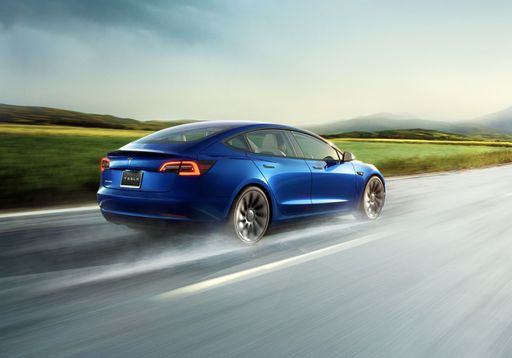 @ Tesla, Inc.
@ Tesla, Inc.
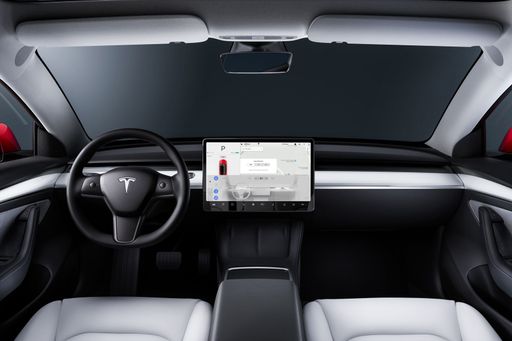 @ Tesla, Inc.
@ Tesla, Inc.
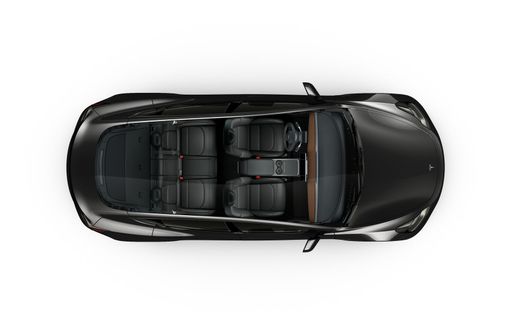 @ Tesla, Inc.
@ Tesla, Inc.
BYD Sealion 7
The Sealion 7 captivates with its striking design and impressive performance that appeals to both enthusiasts and casual drivers alike. With a focus on comfort and advanced technology, this model redefines the driving experience, making every journey enjoyable. Its sleek silhouette coupled with an innovative interior showcases the perfect blend of style and functionality.
details @ BYD Auto / BYD Global Media
@ BYD Auto / BYD Global Media
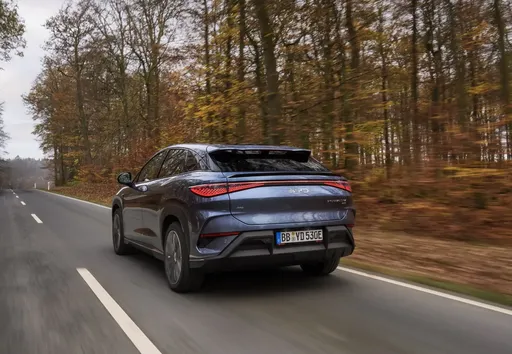 @ BYD Auto / BYD Global Media
@ BYD Auto / BYD Global Media
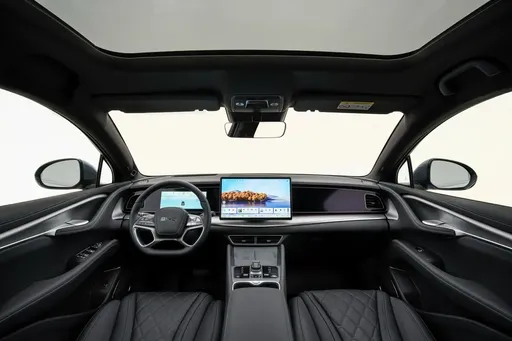 @ BYD Auto / BYD Global Media
@ BYD Auto / BYD Global Media
 @ Tesla, Inc.
@ Tesla, Inc.
|
 @ BYD Auto / BYD Global Media
@ BYD Auto / BYD Global Media
|
|
|
|
Costs and Consumption |
|
|---|---|
|
Price
34300 - 50100 £
|
Price
42800 - 52300 £
|
|
Consumption L/100km
-
|
Consumption L/100km
-
|
|
Consumption kWh/100km
13.2 - 16.7 kWh
|
Consumption kWh/100km
19.9 - 21.9 kWh
|
|
Electric Range
550 - 750 km
|
Electric Range
456 - 502 km
|
|
Battery Capacity
64.5 - 83 kWh
|
Battery Capacity
-
|
|
co2
0 g/km
|
co2
0 g/km
|
|
Fuel tank capacity
-
|
Fuel tank capacity
-
|
Dimensions and Body |
|
|---|---|
|
Body Type
Sedan
|
Body Type
SUV
|
|
Seats
5
|
Seats
5
|
|
Doors
4
|
Doors
4
|
|
Curb weight
1822 - 1929 kg
|
Curb weight
2225 - 2435 kg
|
|
Trunk capacity
594 L
|
Trunk capacity
520 L
|
|
Length
4720 - 4724 mm
|
Length
4830 mm
|
|
Width
1850 mm
|
Width
1925 mm
|
|
Height
1431 - 1440 mm
|
Height
1620 mm
|
|
Max trunk capacity
-
|
Max trunk capacity
1789 L
|
|
Payload
303 - 333 kg
|
Payload
410 kg
|
Engine and Performance |
|
|---|---|
|
Engine Type
Electric
|
Engine Type
Electric
|
|
Transmission
Automatic
|
Transmission
Automatic
|
|
Transmission Detail
Reduction Gearbox
|
Transmission Detail
Reduction Gearbox
|
|
Drive Type
Rear-Wheel Drive, All-Wheel Drive
|
Drive Type
Rear-Wheel Drive, All-Wheel Drive
|
|
Power HP
283 - 460 HP
|
Power HP
313 - 530 HP
|
|
Acceleration 0-100km/h
3.1 - 6.1 s
|
Acceleration 0-100km/h
4.5 - 6.7 s
|
|
Max Speed
201 - 262 km/h
|
Max Speed
215 km/h
|
|
Torque
420 - 660 Nm
|
Torque
380 - 690 Nm
|
|
Number of Cylinders
-
|
Number of Cylinders
-
|
|
Power kW
208 - 338 kW
|
Power kW
230 - 390 kW
|
|
Engine capacity
-
|
Engine capacity
-
|
General |
|
|---|---|
|
Model Year
2025
|
Model Year
2024
|
|
CO2 Efficiency Class
A
|
CO2 Efficiency Class
A
|
|
Brand
Tesla
|
Brand
BYD
|
Is the Tesla Model 3 offered with different drivetrains?
Available configurations include Rear-Wheel Drive or All-Wheel Drive.
The prices and data displayed are estimates based on German list prices and may vary by country. This information is not legally binding.
